As regular readers may have noticed, I've recently had to take an enforced break from building and blogging - my apologies. I'm pleased to report that things are slowly returning to normal, however, so regular service can hopefully now be resumed. Anyway, it's around this time of year that the summer wave of sets starts to appear in stores, and I did initially consider picking up a random summer release and running the rule over it. Given the wall-to-wall coverage of new releases on other sites, however, I decided instead to take a trip back in time and take a close look at an older set. I ended up choosing Set 588 Police Headquarters from 1979, not least because I picked up a copy of it in reasonable condition a while back and still hadn't gotten around to building it yet.
When it comes to LEGO, I have to admit that there are few things that give me more pleasure than a boxed copy of an older set in decent condition. The front of the box features a shot of the finished build that leaves little to the imagination - boxes these days generally embellish the subject matter with CGI wizardry which undoubtedly ramps up the excitement but also makes it harder to get a sense of the actual build inside the box; no such problems here. The set number, 6+ age recommendation and parts count also make an appearance on the front of the box, while the back of the box shows a youngster enjoying the finished build and also showcases a number of alternative builds, something that I wish could be resurrected on modern set boxes.
I think most LEGO fans would probably agree that there's been steady progress over time when it comes to set design, but one area where I think older sets continue to reign supreme is in their packaging and 588 is no exception. The front and back of the box are in fact part of a sleeve which slides smoothly off to reveal an inner tray. In the picture below I've removed the set's 360 elements from the cardboard tray but I've left the instruction booklet and a couple of promotional leaflets in place.
The instruction booklet is actually a fold-out double-sided instruction sheet measuring 40 cm x 54 cm. The instructions break the build down into a surprisingly small number of steps by modern standards, highlighting the absurd degree of hand-holding that builders of more recent sets have to contend with. In addition to the building instructions and a photograph of the completed build (below) there's also a panel highlighting the same alternative builds that are shown on the back of the box.
My copy of the set came complete with a pair of promotional leaflets. These were both unfortunately folded in half at some point, either by LEGO themselves during the original packing process or more likely by the previous owner of the set. The first leaflet contains 16 pages and has a cover consisting of a large LEGO logo. The content (example page below) is a fantastic trip down memory lane for LEGO fans of a certain age, and also serves as a reminder for younger builders of how the design of sets has changed over the years. Interestingly, the leaflet contains advertising for Set 585, a previous Police Headquarters set released in 1976, so it's possible that this leaflet may have found its way into my copy of Set 588 by accident.
The second promo leaflet has a cover featuring various LEGO elements and minifigures superimposed with a LEGO logo. It's the same size and length as the first booklet, and while there's some overlap of content it also features a selection of newer sets including Set 588. There's a 'LEGOLAND Town' section in the booklet which includes the nice little diorama below, and there's also a delicious 2-page Classic Space spread.
The set includes four 'modern-style' minifigures with articulating arms and legs. Modern minifigures started to appear in sets in 1978 so would still have been something of a novelty in 1979 when Set 588 was released. Two of the minifigures are identical policemen with helmets (below) who ride the motorbike and fly the helicopter. The torso print features a white police badge, a diagonal zip pattern running from shoulder to the opposite hip, and a zip pocket. I had initially assumed that the white helmet was of the same type that appears in the much-loved Classic Space minifigs, but according to Bricklink the police helmets in this set are different by virtue of their thick chinstraps. The yellow minifig heads have solid studs and carry the standard grin pattern, while the black legs are unprinted.
From the rear (below) the minifigs are predictably unremarkable, with their heads, torsos and legs all plain and unprinted.
Next we have the policeman who drives the car. His torso, featuring a suit with police badge and breast pocket over a white collared shirt, graced a total of seven minifigs and 29 sets between 1979 and 2003. His head features the classic LEGO standard grin pattern and his black legs are unprinted. According to Bricklink his white police cap has appeared in a total of 172 sets, most recently in 2016.
Once again the rear view (below) is unremarkable given the absence of head or torso back-printing.
The fourth and final minifigure (below) has only ever appeared in four sets including this one, although none of the individual components are rare. The torso print features a collared shirt with six buttons and has appeared as a part of 21 minifigures and 53 sets over the years. Again the head is printed with a standard grin pattern and the legs are unprinted. The old brown hair, which first started appearing in sets back in 1979, has since appeared in almost 250 sets according to Bricklink, most recently in 2004.
Consistent with the other minifigures in the set there's no back-printing on the torso or the head.
The build commences with a trio of vehicles. First up is a classic 4-wide Police car which, like so many such vehicles of its day, is constructed on a vehicle base. LEGO fans of a certain vintage will also immediately recognise the wheel arches, steering wheel and windscreen which were ubiquitous in small vehicles back in the day. Less common are the white 1 x 3 x 1 printed doors which only appeared in a total of ten sets in this this colour between 1979 and 1991. There's room inside for a driver plus a passenger seated behind. I was surprised that LEGO didn't incorporate a printed radiator grille into the design since these were a common inclusion in 4-wide cars of old.
Next up is a helicopter. The fuselage, which can only accommodate a single minifig, sits on a pair of old grey skids represented by 1 x 8 plates. The white printed 1 x 3 x 1 doors seen in the police car make a repeat appearance. Immediately beneath the windscreen is a trans-clear 2 x 4 plate. I had quite a few of these in my childhood LEGO collection, but they haven't been available outside a LEGOLAND model shop since 1986. The main rotor is made up of an old light grey four blade propeller to which four 1 x 8 plates are attached; this attaches to a black modified 2 x 3 plate with helicopter rotor holder on the roof of the fuselage. There's also a smaller tail rotor made up of an old light grey two blade propeller attached to a modified 2 x 2 plate with helicopter tail rotor holder.
The final vehicle is a simple motorcycle. It incorporates a couple of printed 1 x 2 bricks as panniers; these printed bricks have only ever appeared in seven sets, most recently in a Service Pack back in 1991.
With the three vehicles completed it's time to get cracking on the Police Station itself. Older iterations such as 370 Police Headquarters typically included a custom baseplate, but 588 is built on a standard road plate. For the purposes of the build it could be argued that a custom baseplate might have been better, but I could never get enough road plates when I was a kid and suspect that I would have been absolutely delighted to add another section of straight road to my childhood collection.... The Police Headquarters straddles the road, with through access being controlled by two pairs of trans-clear 1 x 4 x 6 doors. The walls of the building include a number of white 1 x 3 bricks; 1 x 3 bricks didn't appear in sets until 1978 so this set would have been one of the first to include these now-common elements. The walls on the ground floor and first floor incorporate yellow window frames, each of which accommodates a pair of black windows. Although lacking glass, these windows can at least be opened, and have only ever appeared in three sets so are pretty uncommon. In addition to the attachment points for the windows, the window frames also have additional tabs to which pairs of green shutters are attached. Access to the front of the building is via a door on the left side of the building. The door is flanked by a pair of trans-dark blue 1 x 1 round bricks with open stud. A printed 'POLICE' sign sits on the ground floor roof; this printed white 1 x 6 brick appeared in a total of eight sets between 1979 and 1991. The first floor roof is decorated with various structures including an old light grey antenna with 8 side spokes. This element only ever appeared in ten sets in this colour, and it can be tricky to find one with all the spokes intact which no doubt accounts for its high price on Bricklink where intact examples cost in excess of £8/$10 each plus shipping. I assume that the right side of the building contains the police cells given that the windows consist of yellow 1 x 4 x 2 fence elements which presumably represent barred windows. Resourceful prisoners can however try to escape via a back door....
Both the ground floor and first floor offices feature rudimentary interiors containing a simple desk and telephone made up of a red 2 x 1 45 degree slope with white rotary phone print topped with a red 1 x 2 tile. This printed slope element appeared for the first time in this set and only subsequently graced five more sets in this colour. There's a helipad on the roof of the cell block. This is marked out with yellow plates and more trans-dark blue 1 x 1 round bricks. A section of flat roof spans the road and connects the cell block and helipad with the office block. A path utilising yellow 1 x 4 x 1 fence elements is marked out across the top of the flat roof.
The area in front of the Police Headquarters is furnished with exterior decoration in the form of a classic large 4 x 4 x 6 2/3 pine tree, a lamp post and what appears to be an emergency telephone; the latter features a white 1 x 2 brick printed with a telephone pattern that has only ever appeared in a total of four sets, most recently in 1979. You can see the finished Police Headquarters complete with all vehicles and minifigures in the picture below.
It turns out that there are actually two versions of this set which appear to be identical apart from minor differences in the box art. Set 588, which is the version I own, is in fact the US variant, while the version sold in Europe, Australia and Canada was Set 381 Police Headquarters. For some reason a used, boxed copy of set 588 ended up for sale on eBay's UK site back in 2010 and I picked it up for around £25 including shipping. There are currently a number of copies of 588 and 381 for sale on Bricklink; a boxed example in similar condition to mine will set you back about double what I paid including shipping which seems pretty reasonable for a set that's nearly 40 years old now.
Overall, this is a nice example of a classic LEGO police station, although for me it doesn't quite hit the heights of my all-time favourite police station, Set 370 Police Headquarters from 1976.





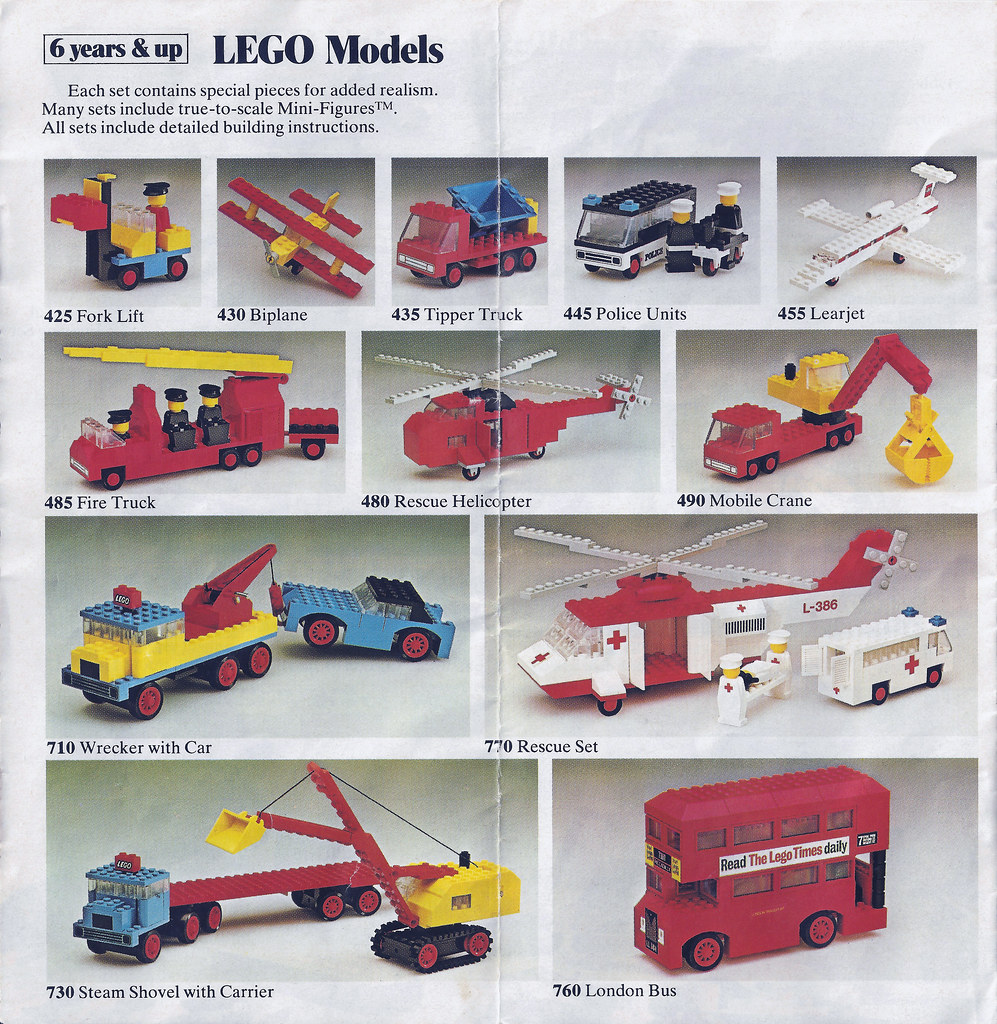
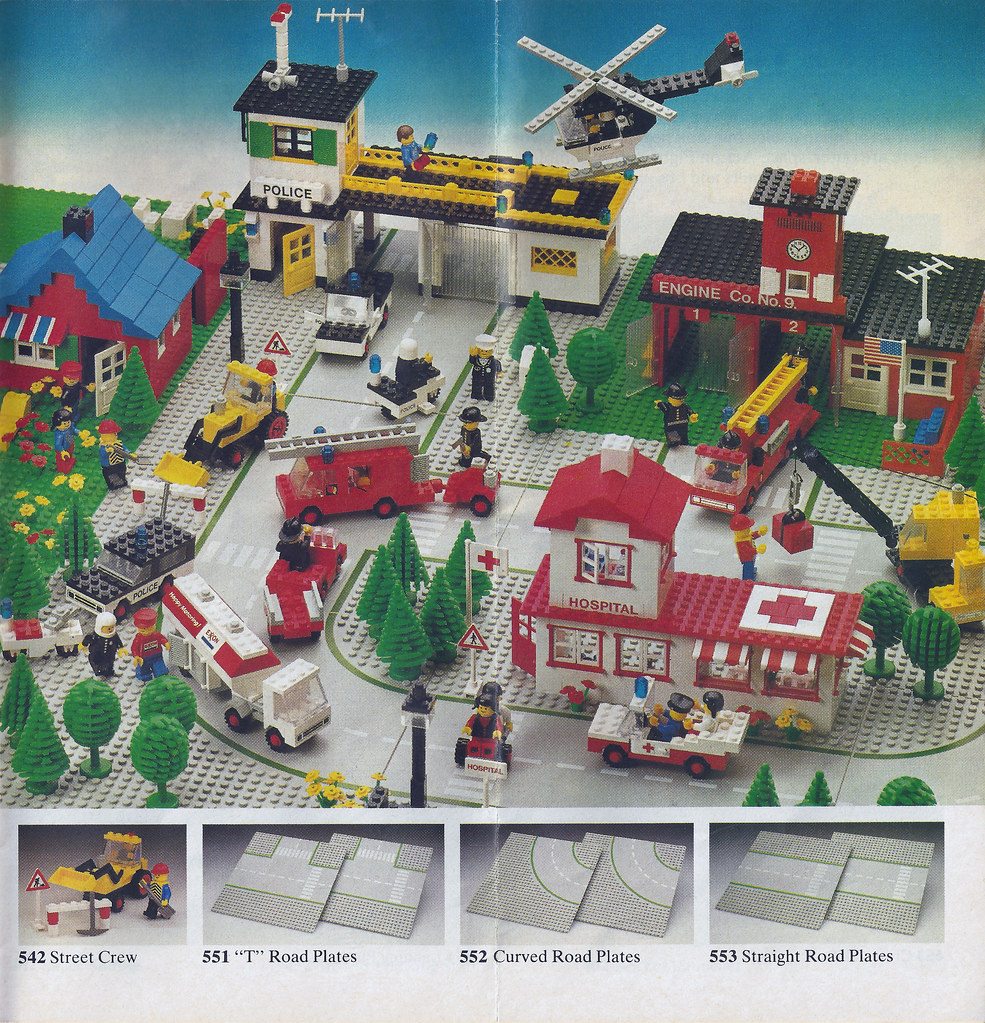
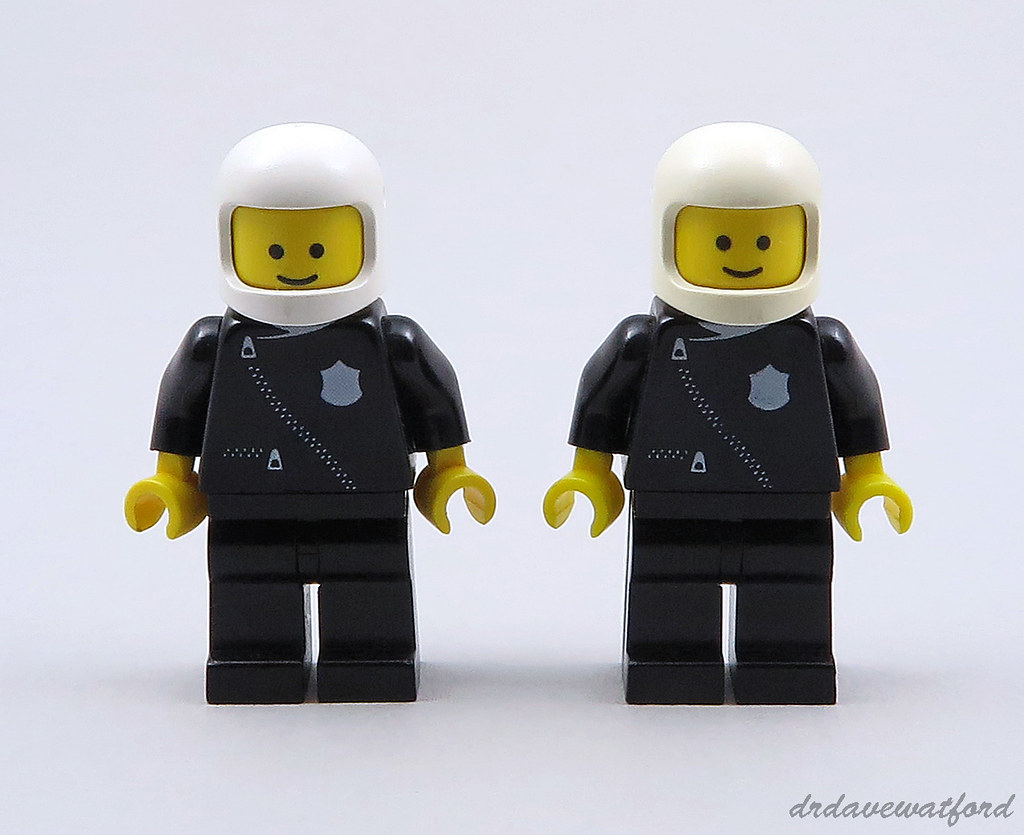

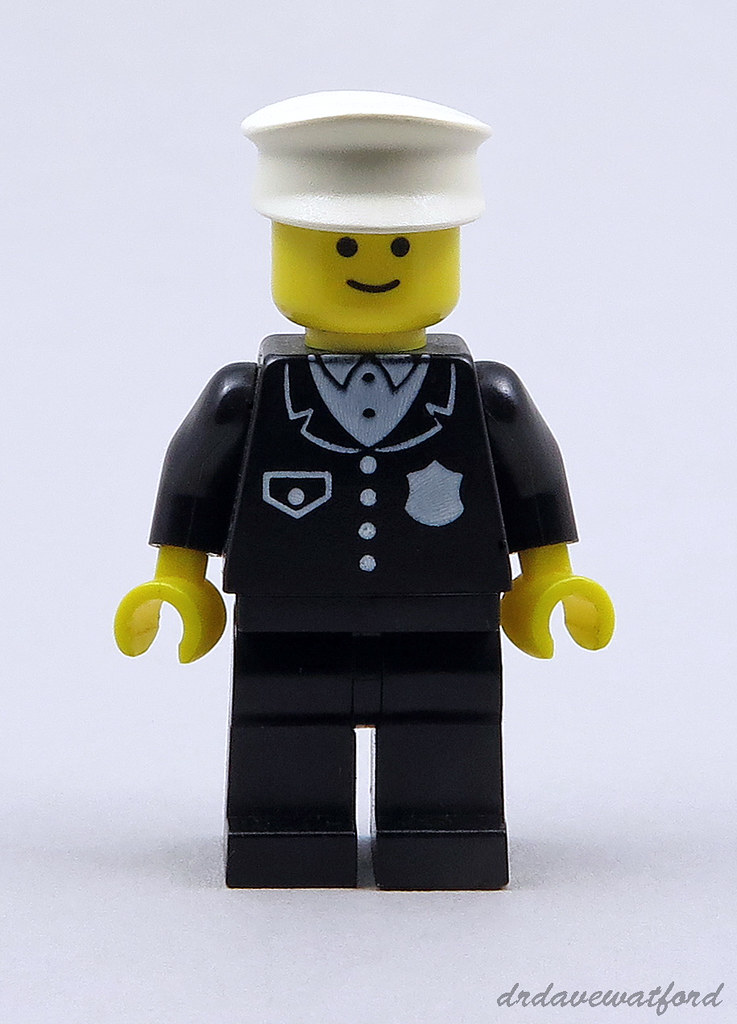
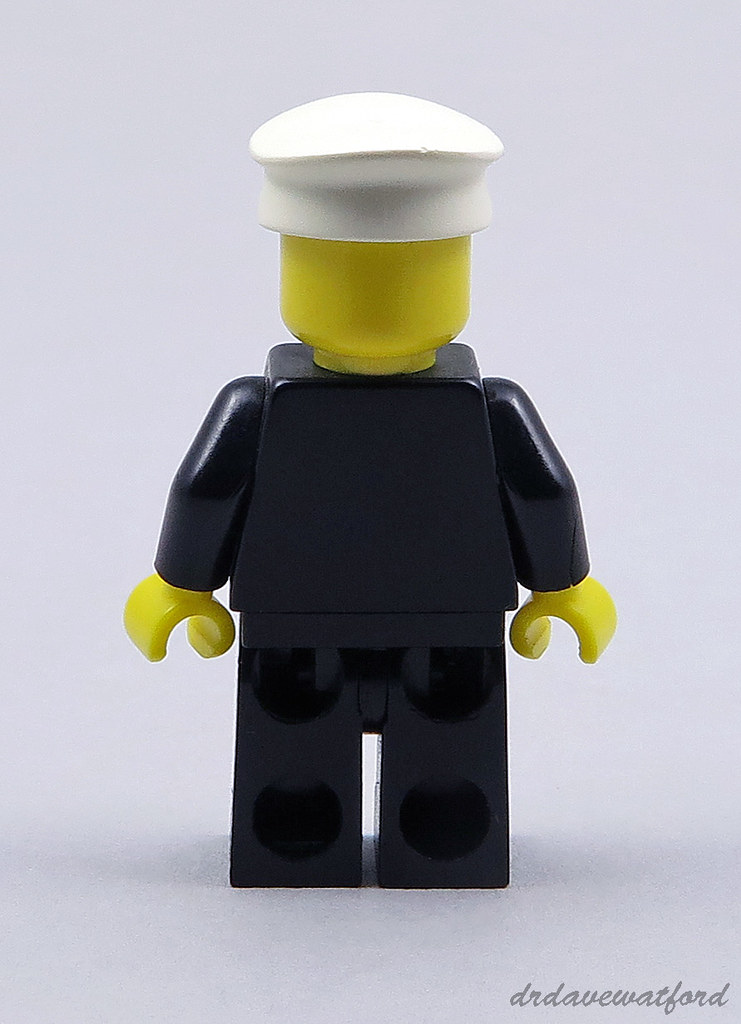
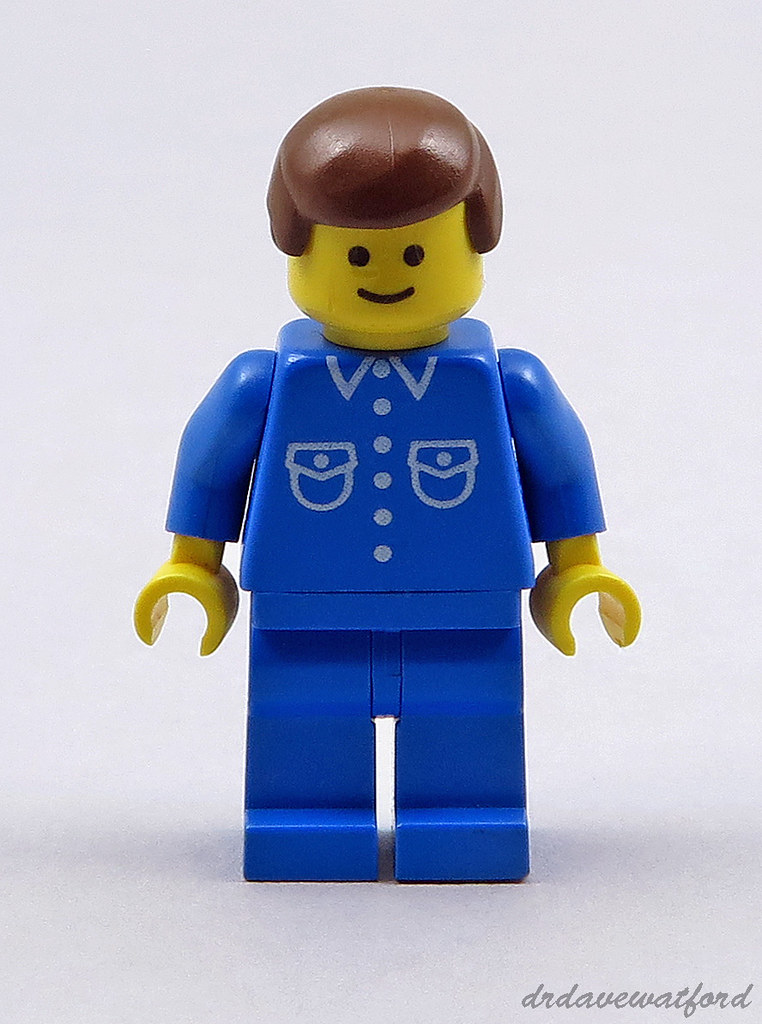
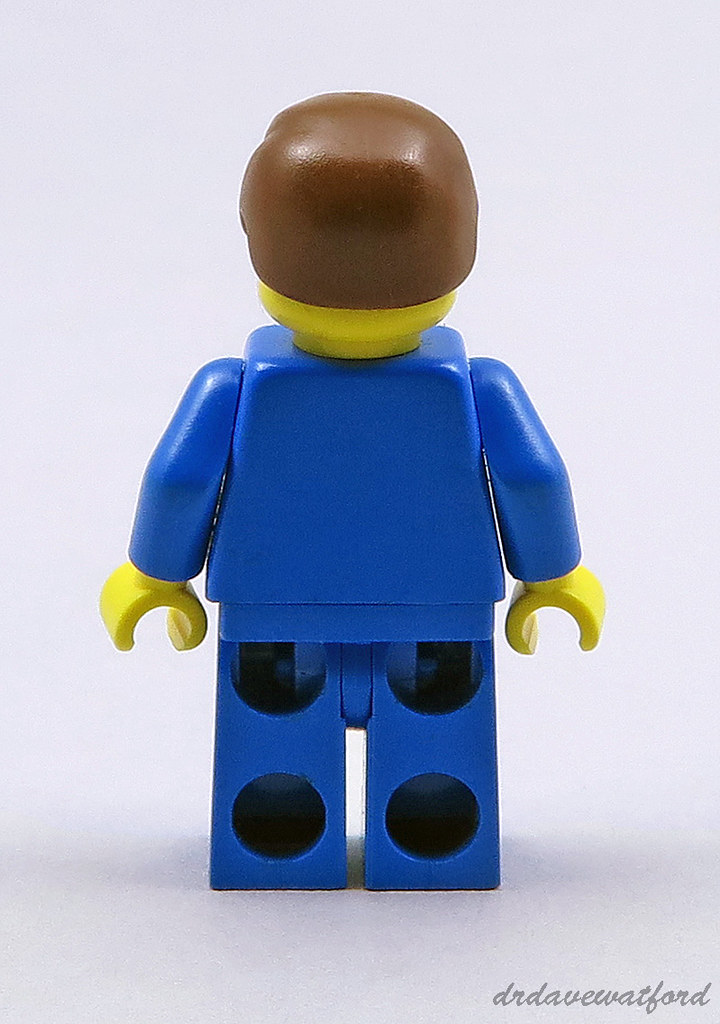
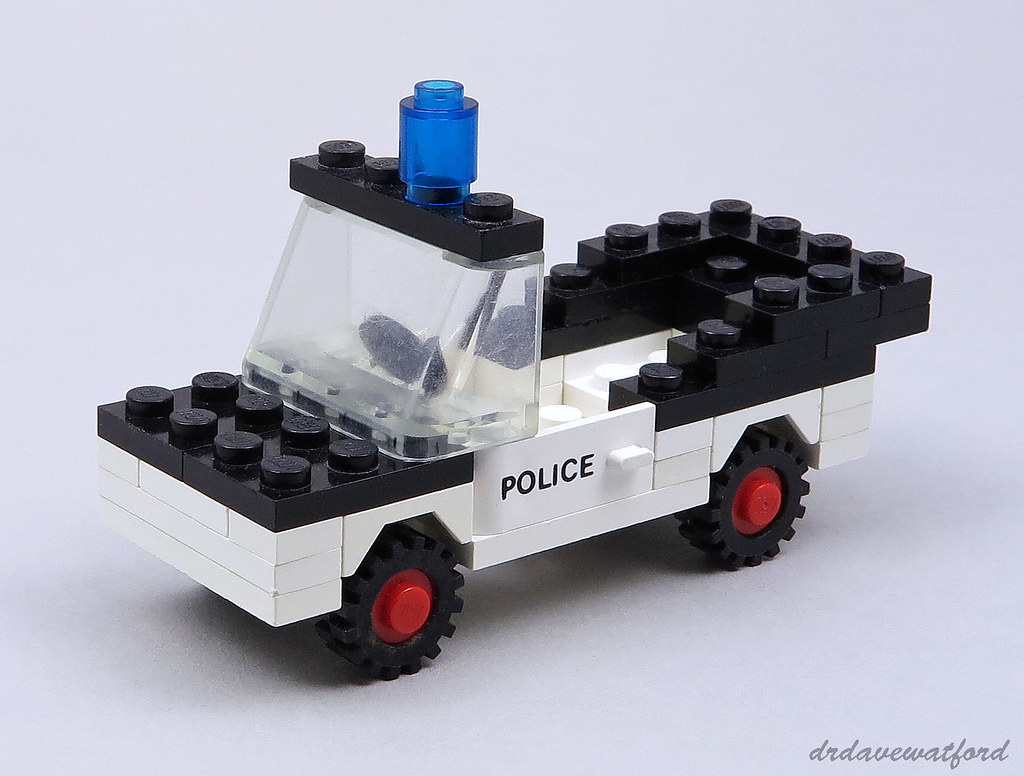
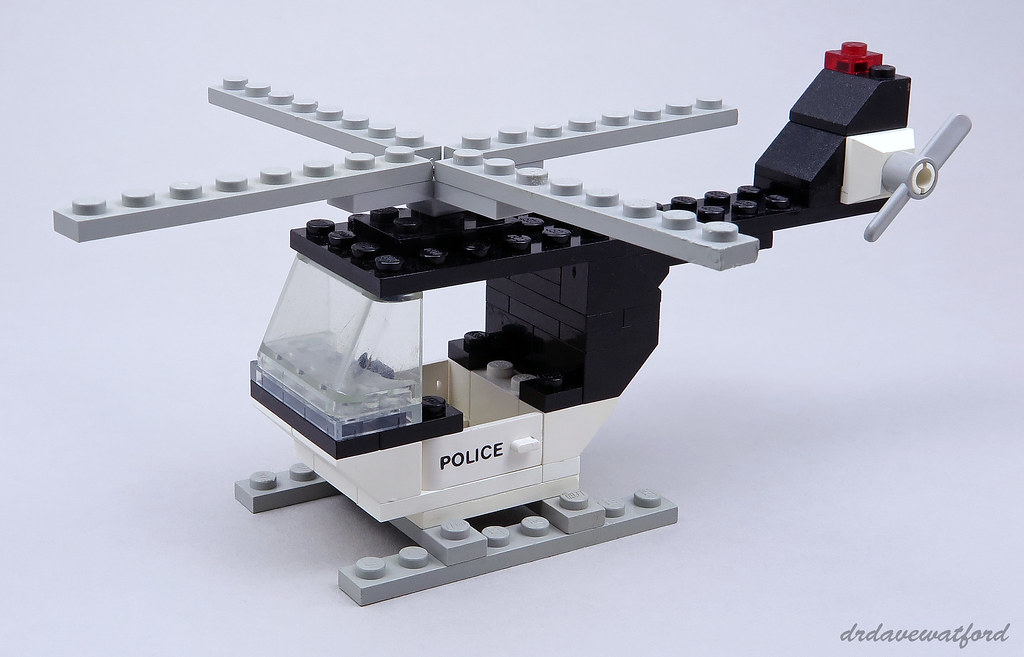

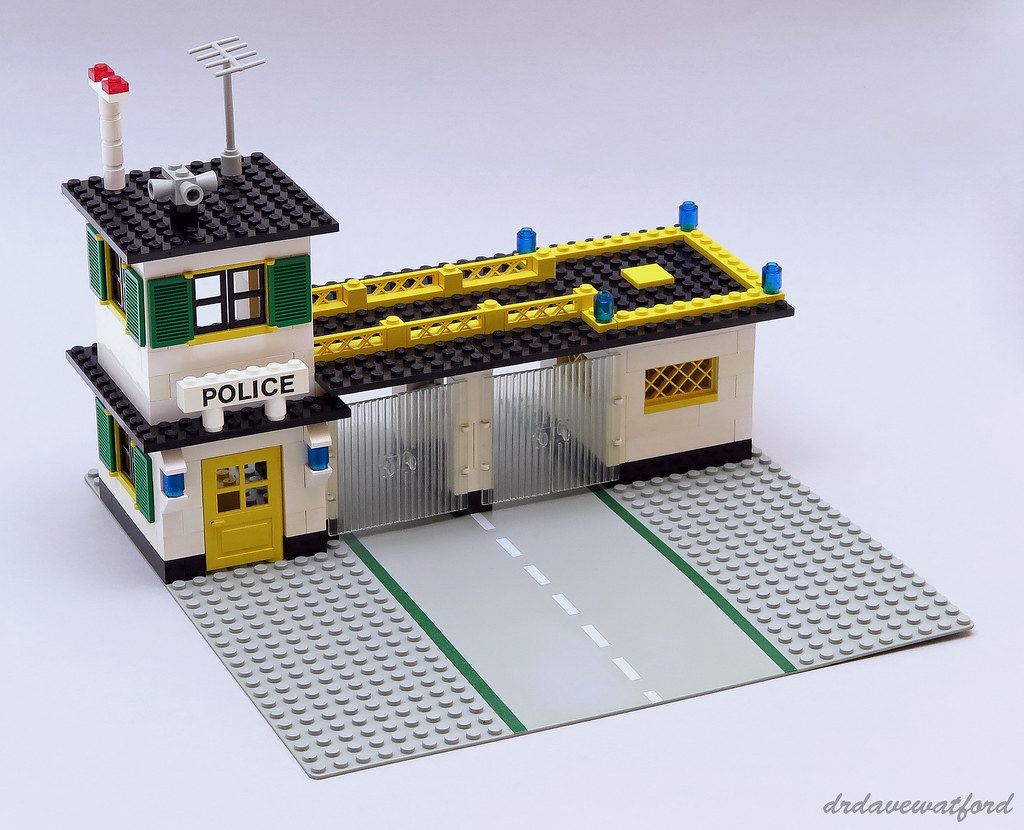


Hi.
ReplyDeleteI think your reviews of older sets are 10 times more interesting than what-ever review of new sets. And I fully agree - old boxed sets rule a proper Lego collection.
BR, Bo
Thanks, Bo - appreciated! I like to try and post a mix of stuff on Gimme LEGO, but vintage sets will always be close to my heart so expect to see more vintage set reviews on here in future.
DeleteLovely review, I had this set when I was 6, it was the first big set I got! Its still in my bin of old sets awaiting that day when I've got time and space to build everything. I loved CHiPs, the TV show back then, and had a lot of adventures in my Lego city, pretending I had Ponch, John and the Sarge to deal with the car chases and crime :)
ReplyDeleteI got my eldest son Prison Island for his birthday last year, and thought Lego did brilliantly with that.
Great review. I just wanted to add that the white helmets are the same as the Classic Space ones. The thicker chin strap arrived in 1980 or so, on all helmets of this type, as a result of a structural weakness that made them crack easily (like on Benny's blue helmet -although the blue ones had thick chin straps...).
ReplyDeleteI have the Canadian version of this set (361 as you said). Being a Samsonite marketed product it has a nice strong box with English and French on it!
Thanks, Jpeg. Having since dug out a couple of my (pre-1980) Classic Space sets it's clear that the white helmets in those sets are indeed different to the helmets with thicker chin straps found in 588. I've always loved the fact that LEGO made a joke about the fragility of the older helmet design by intentionally 'breaking' Benny's chin strap in the LEGO Movie and the accompanying sets!
Delete